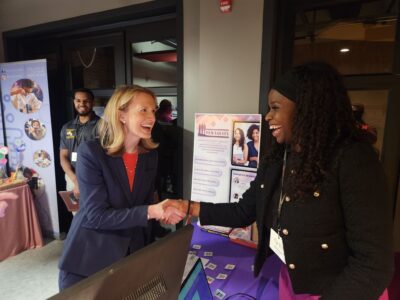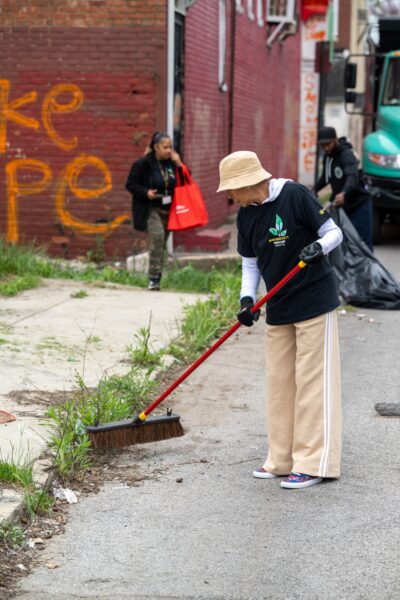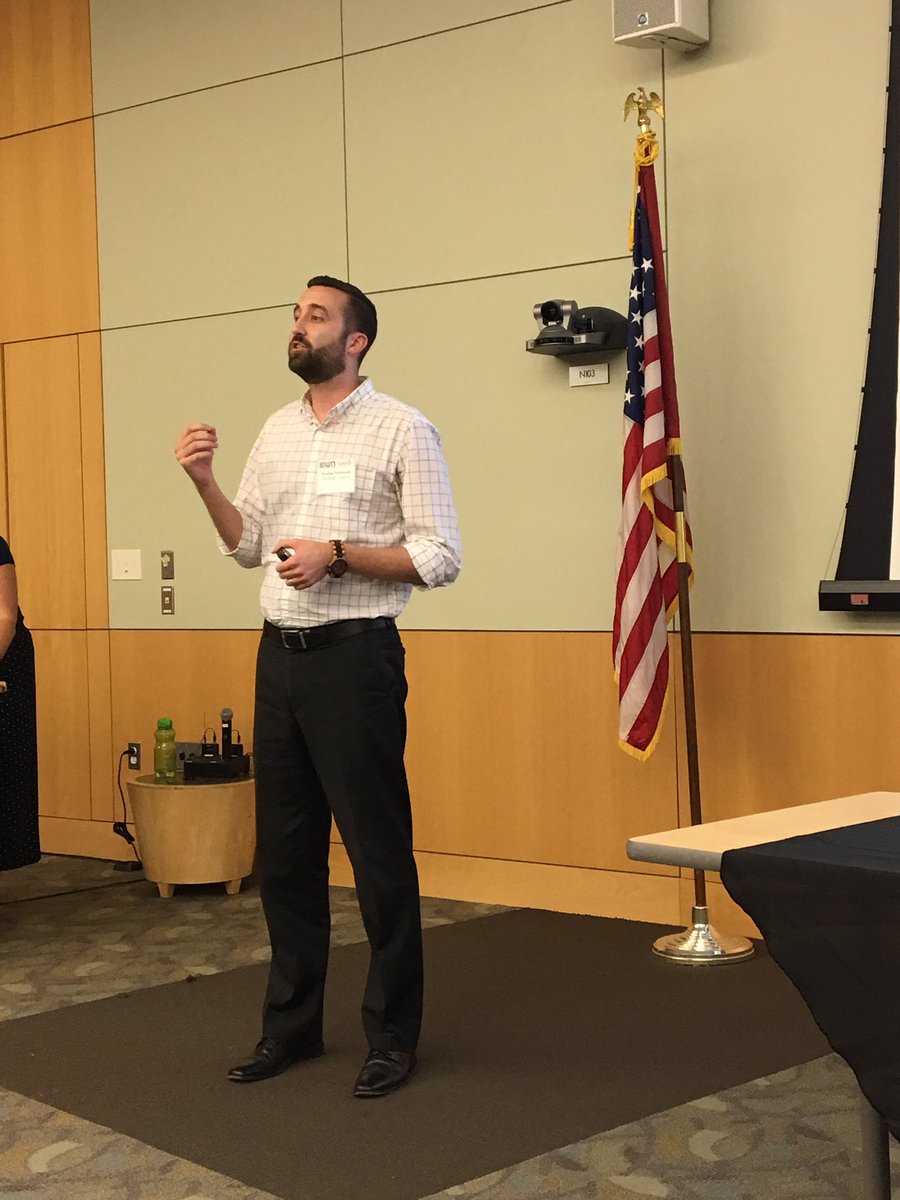NextStep Robotics, a startup which makes a device to treat foot drop, closed on $750,000 in new funding, said CEO Brad Hennessie.
The Baltimore-based company is the second to receive investment from the Maryland Momentum Fund, which was created by the University System of Maryland to back startups based on technology developed at the state schools. The Maryland Momentum Fund invested $250,000 in the company. The fund requires co-investors, and a group affiliated with Vancouver, Canada–based Fort Capital also contributed to the round.
The company makes a robotic device to treat foot drop syndrome, which limits a patient’s ability to lift a toe while walking. It is common in patients recovering from stroke, as well as those with diabetes and Parkinson’s disease.
The robotic device is designed as a training device that helps patients regain mobility, and can be used by staff at a physical therapy site rather than the specialist.
The robot and software can be adapted based on the severity of someone’s foot drop, which “allows us to know exactly where someone is in their gait cycle and what they are able to do on their own,” Hennessie said.

A comparison illustrates foot drop. (Courtesy photo)
While the startup launched last year, the device has roots in the work of doctors at the Baltimore-based University of Maryland School of Medicine and the Baltimore Veterans Affairs Motor Performance Laboratory. Hennessie linked with the project through a past role at the VA’s Maryland Exercise Robotics Center of Excellence.
The company is currently based at the Maryland Development Center on Pratt St., whose CEO Gil Blankenship is also a UMD professor. Work with engineers in that space “really the main reason why we were able to accelerate forward,” Hennessie said.
It’s also the second Maryland Momentum Fund investment for a Baltimore-based company. But like smart wood stove maker MF Fire, it has a connection to multiple campuses. Along with the fact that it was an area of strength for the university like robotics and medical devices, that connectivity made it attractive, said Maryland Momentum Fund Director David Wise.
“We are a university system and this touches a lot of the parts of the system,” Wise said.
Of course, the company’s prospects were also a reason. Hennessie said the funding will help the company complete the final commercial prototype of the device.
As the company plans it, the robot has a quicker path to market than some medical devices. That’s because it will be registered as an exercise device, allowing it to be sold without the more arduous process.
Join the conversation!
Find news, events, jobs and people who share your interests on Technical.ly's open community Slack

Baltimore daily roundup: Film fest spotlights cinema's immersive frontier; over $1M for a wellness startup; $2B to rebuild the Key Bridge

Baltimore daily roundup: Key takeaways on the local tech ecosystem; a video editor's path to working with Keke Palmer; BCIT's new podcast

Baltimore daily roundup: 20 people building Baltimore's innovation community; a local startup's $15K win; the USMC's new tech office


